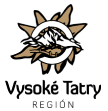Foothill of the Tatras is a destination that lies in close proximity to the High Tatras. It spreads over the villages: Stará Lesná, Nová Lesná, Veľká Lomnica, Veľký Slavkov, Mlynica, Štôla, Vernár, Kravany and Liptovská Teplička. The area is most sought after thanks to a better network of bike paths or other running paths. In addition, the destination prides on traditions and folklore that have been preserved to this day, and the local population is justifiably proud of it.
 STARÁ LESNÁ
STARÁ LESNÁ
The village was founded by the Barzeviczy family in the second half of the 13th century. The first church here was dedicated to the Apostle St. Peter and Paul. At the end of the Middle Ages, Stará Lesná was depopulated, but in 1631 it was full of life again. In 1787, the village had 72 houses with 508 inhabitants, who were mainly engaged in cattle breeding, canvas production, work in forests and later mountain management, work in hotels or industrial enterprises under the Tatras. For the Czechoslovak Republic, the population worked in agriculture, forestry or still in the services of tourism. Today, the village of Stará Lesná is an important tourist center due to its convenient location in a pleasant natural environment. There are hotels, recreational facilities, guesthouses, holiday cottages and family houses, which offer their services in the field of catering, sports, recreation but also entertainment.
 NOVÁ LESNÁ
NOVÁ LESNÁ
The village of Nová Lesná lies in the valley of the Novolesniansky potok (brook) at the foot of Slavkovský štít. We learn from historical sources that it was founded in the 13th century by the Berzeviczy family, as well as Stará Lesná, under the name Villa Menhardi. However, the people in the area lived much earlier. Archaeological excavations have confirmed the settlement as early as the Eneolithic. Remains of a Celtic fortified settlement were discovered on the nearby Burich mound, which is evidence of the then extremely advanced fortification technique. In the 12th century, the Germans began to settle, who began to cut down forests here and turned them into arable land and built wooden houses at the foot of the forests. In the past, the inhabitants subsisted by growing flax, wagons, hunting or doorstep trade. Slovaks, Germans, Hungarians, and later Gypsies lived here. The name of this village has changed over time. According to the founders, it was called Villa Menhardi in Latin, the Germans called it Menatwatorph, Manardwaldorf and Neuwalddorf, the Hungarians Erdeufalwa, Felsöwerdewfalwa, the Slovaks Nowa Lesná. The hobby and earning opportunities of many people from Nová Lesná were mountaineering and mountain leadership. The most famous mountain guide was a German from Spiš, teacher Ján Still (1805-1890), who first climbed Gerlachovský štít in 1834 and from 1872 he also guided tourists to Gerlach. In addition to Ján Still, other “old mountain guides” can be mentioned, such as Martin Spitzkopf Urban and Ján Počúvaj.
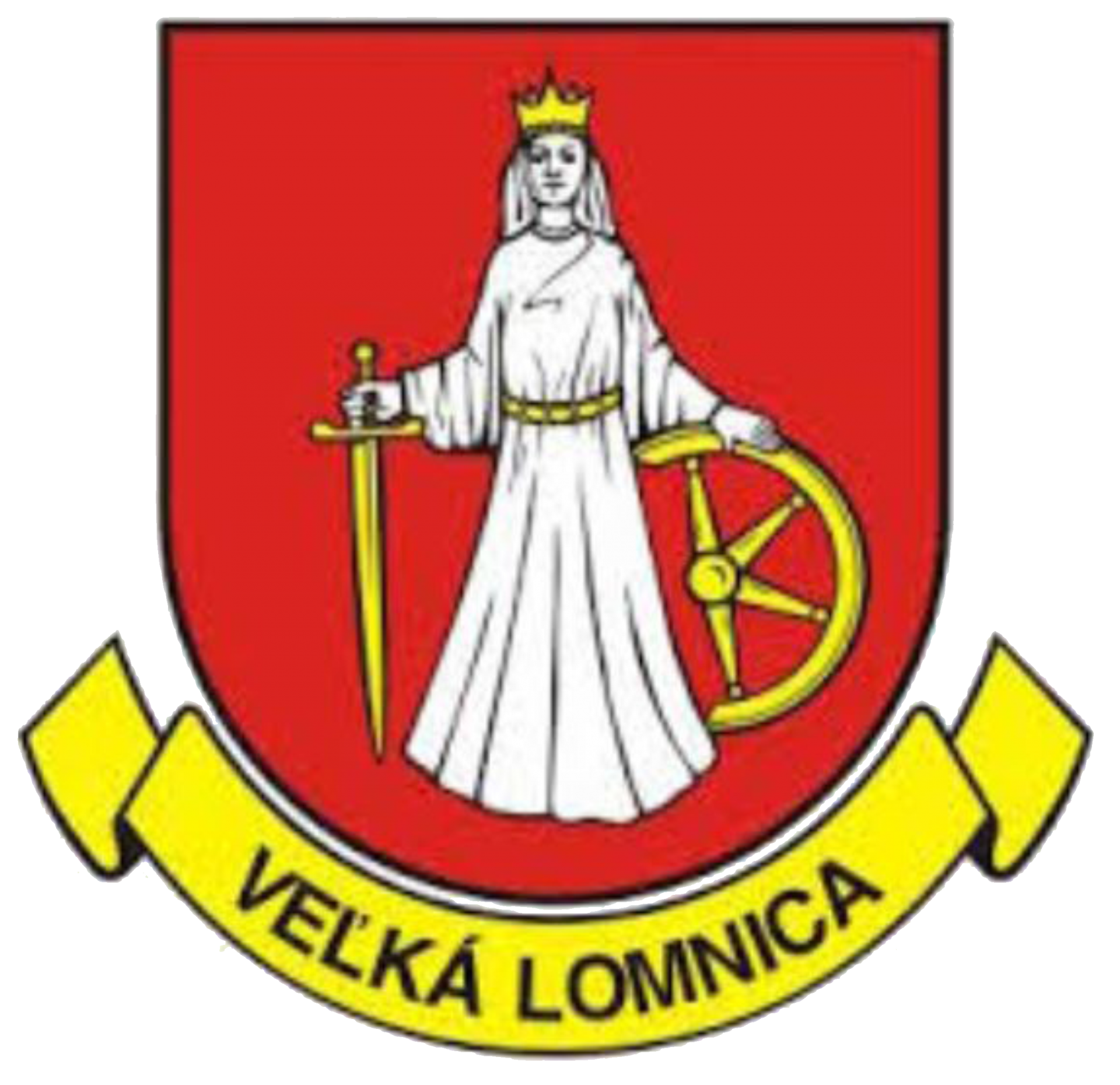 VEĽKÁ LOMNICA
VEĽKÁ LOMNICA
The territory of Veľká Lomnica was inhabited 4000 years ago. Significant archaeological finds prove it. In the village, there is a fortified settlement from the end of the Stone Age and the beginning of the Bronze Age, called Burchbrich. However, people also lived in the territory of Veľká Lomnica in other periods of development. From the first century B.C. the Celts settled here. Witnesses of Roman times are finds of Roman coins from the 2nd – 3rd century. From the times of the Great Moravian Empire, an iron hryvnia and Slavic pottery were found in Veľká Lomnica. The first written mention of Veľká Lomnica dates back to 1257. At that time, it was donated by the Hungarian King Andrew II. to one of his courtmen, Adolf, and his sister Gertrude, court lady, part of the territory of Upper Spiš. Adolf and his sister and her husband founded the Berzeviczy family. Only later, in the middle of the 13th century, did the incoming German colonists settle among them, who gradually gained the upper hand in the village. In the 18th century, a plague broke out in the village and caused half of the population to die out. A new population came to the empty houses, which began a new life in the village. The Germans came mainly, so up to two-thirds of the population are of German descent. In the village, there is the original late Romanesque Roman Catholic Church of St. Katarína Alexandrijská from the end of the 13th century, in the 15th century it was gothic rebuilt, which hides rare murals. There is also an Evangelical church, which was built in 1784. Two villages have been preserved in the village – lower and upper. The historical monuments of the village include the grave of Gregor Berzeviczy – a prolific writer and enthusiastic promoter of the Tatras.
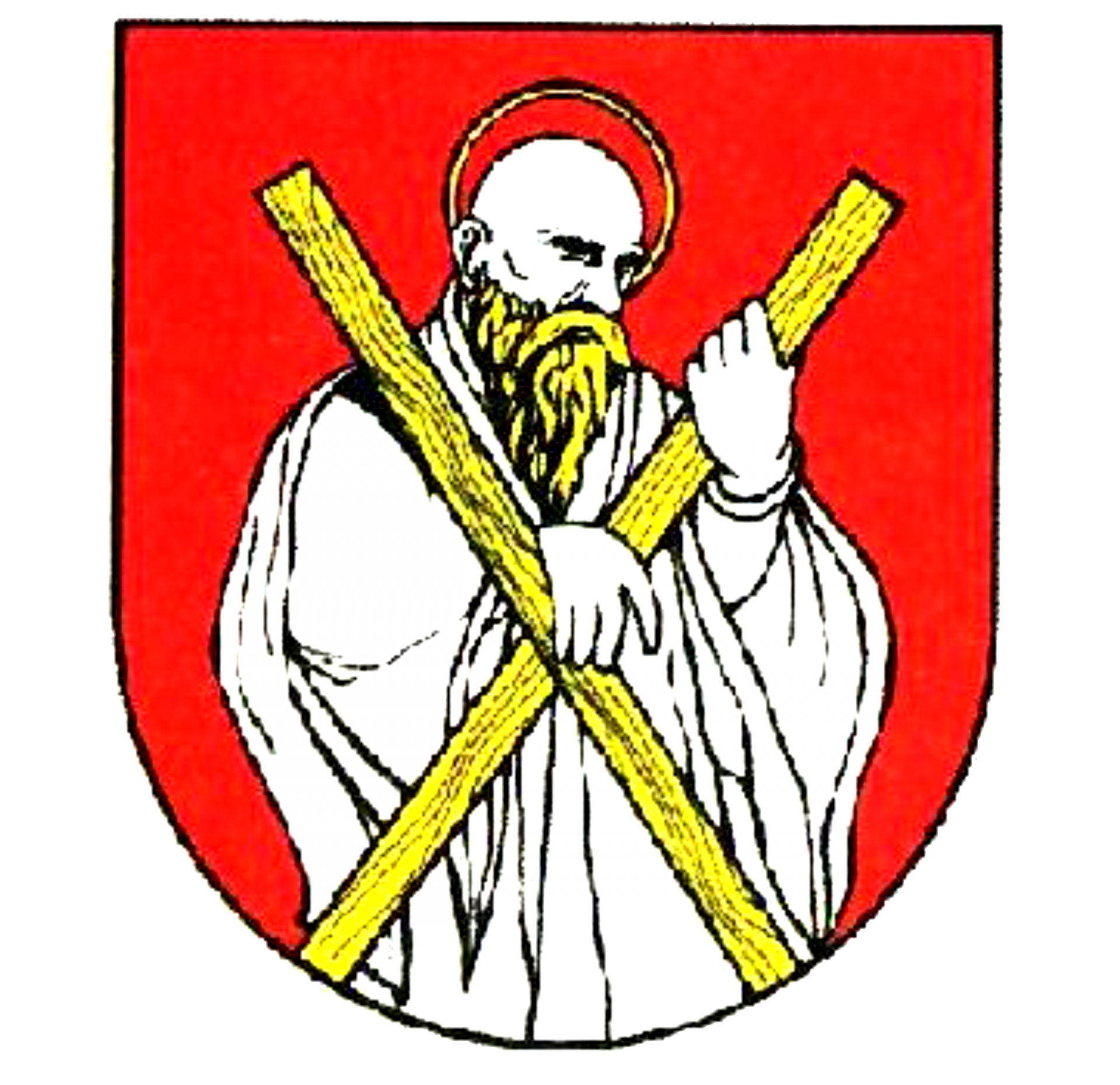 VEĽKÝ SLAVKOV
VEĽKÝ SLAVKOV
The surroundings of Veľký Slavkov have been inhabited continuously since the Eneolithic. The archeological site on the island hill Burich reveals that the village once lay further north, closer to the Tatras. The oldest mention of the village, however, comes from 1251, when its inhabitants belonged to the Turčiansky Convention and as Germans settled on the site of the current village. Around 1465, it became the property of the Zápoľskýs and was one of the eleven towns belonging to the Spiš Castle. The written mention of the three-day ascent to this peak in June 1664 has been preserved thanks to Juraj Bucholtz in a description from 1718. Once a predominantly German village – Grosschlagendorf – Veľký Slavkov is now a modern village and its location becomes an ideal starting point for visitors to the High Tatras. It offers tourists accommodation and meals in cozy guesthouses and recreational facilities, but also in private.
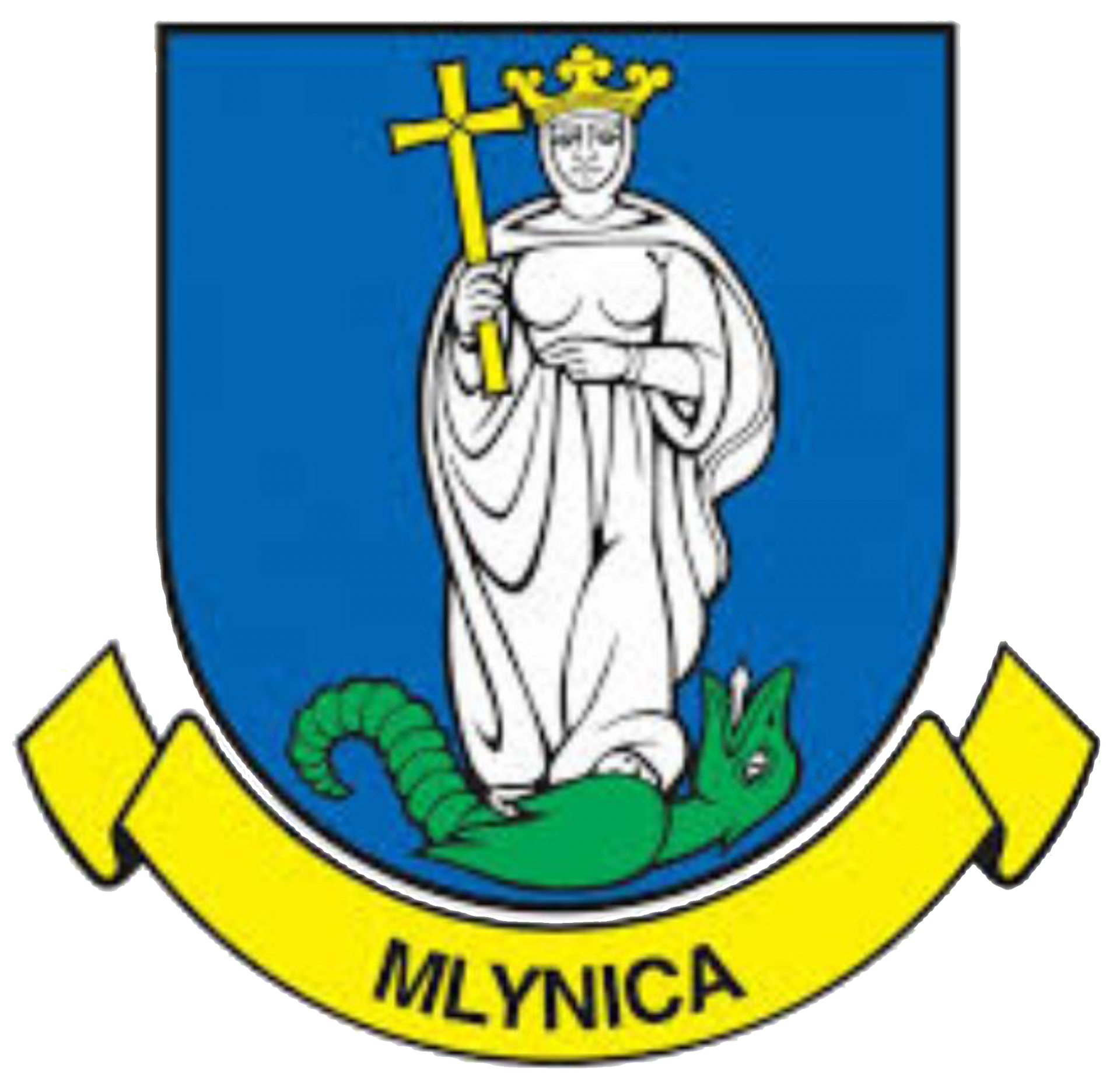 MLYNICA
MLYNICA
The sub-Tatra village of Mlynica originally belonged to the old Slavic settlements, which were settled by German colonists after the Tatar invasion in 1241/1242. In the second half of the 13th century, Mlynica got into the Community of Spiš Saxons, later into the Union of 24 Spiš Towns. The etymology of the village’s name suggests that it is derived from the stream on which the mill or more mills once stood. The church stood in Mlynica in the middle of the 13th century. From the beginning, it was probably dedicated to Saint Margita, a virgin and martyr from Antiochia. In the first half of the 15th century, it was rebuilt in the Gothic style. In the 16th century, during the reformation, it came into the hands of the evangelicals as one of the first in Spiš (1545). It was returned to the Catholics in 1672, but the evangelicals and the Germans maintained their dominance in Mlynica for a very long time. According to the canonical visitation of 1700, only 11 Catholics and 134 evangelicals lived in the town. At the beginning of the 20th century, the Budapest engraver Ignác Felsenfeld made a stamp for Mlynica with the Hungarian text MALOPATAK KÖZSÉG SZEPES VÁRMEGYE.
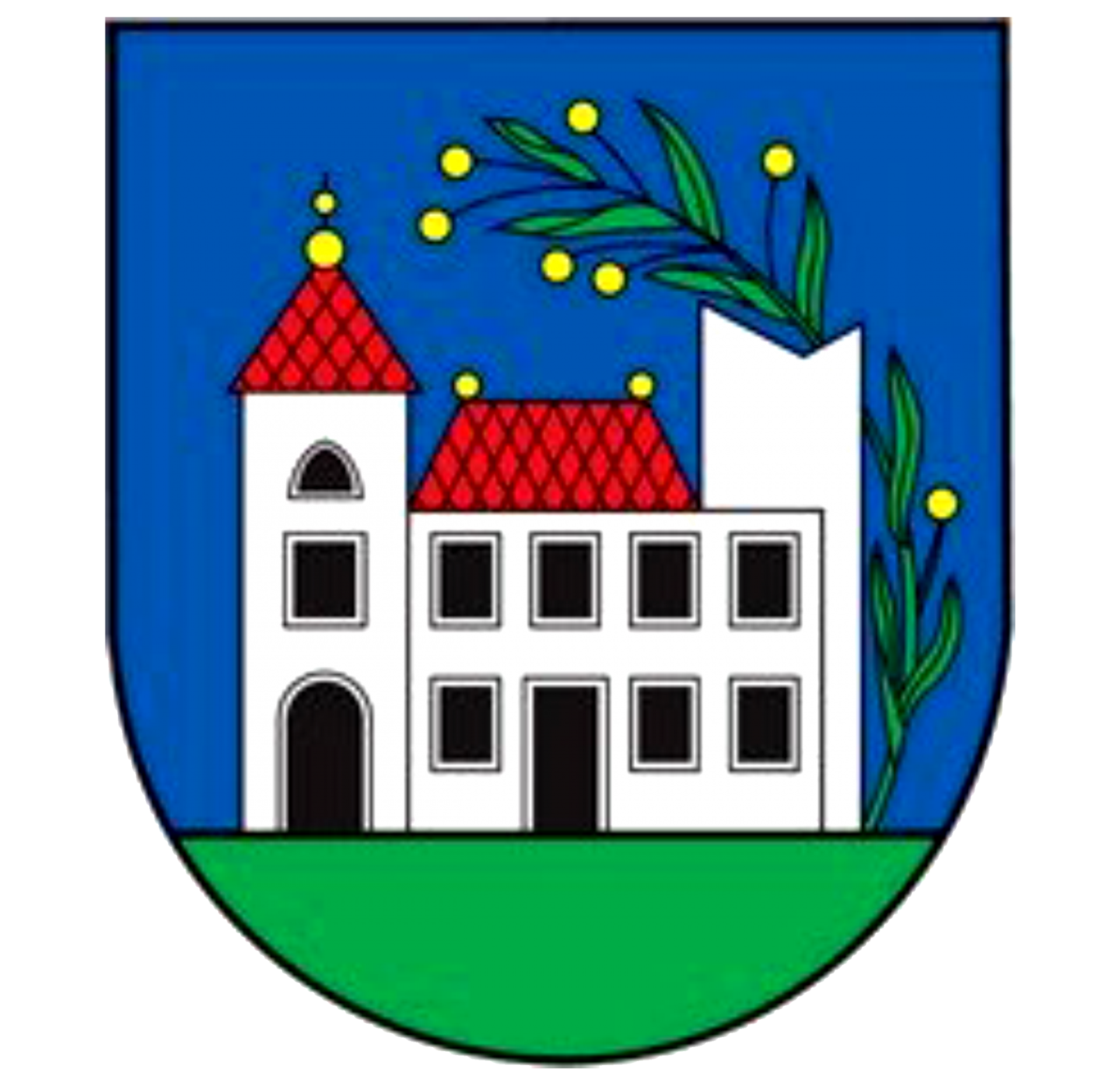 ŠTÔLA
ŠTÔLA
The village was founded on the site of a former Benedictine monastery. The monastery belonged to the Cistercian abbey in Spišský Štiavnik. According to preserved documents stored in the Spišská kapitula, the monastery was built in 1314 by the count Botys and counts and at the same time the reeves Frohling of Veľká and Gottschalk of Matejovce. The Esztergom diocese gave its consent to the construction of the monastery, which established the monastery with the Benedictine order to take care of the spiritual needs of the inhabitants of Batizovce, Mengusovce and Gerlachov. Shortly after its founding, the monastery was robbed by a group of bandits and the monastery remained abandoned until 1319. During the Hussite wars and during the riots about the Hungarian throne around 1436 the monastery burned down and was not rebuilt. The building remained desolate until 1526. Then the Mariass family had it dismantled. North of the monastery were several trout ponds, whose embankments were clearly preserved until the so-called collectivization of agriculture. At the time of the first cadastral map, around 1869, the village of Štôla had 24 houses, including a school, a mill and a shepherd’s hut. The bell tower, which is now only a historical monument, was a living part of the village until the end of World War II in 1945. Until the Evangelical Church was built in 1870, the bell tower was used to summon evangelical services that took place in people‘s homes. Also, the night watchman, when entering the night service, rang the bell on the bell tower several times, so that people would go to bed for a night’s rest with a feeling of security. The economic situation began to improve after 1930. In 1934, the Baťa company began building a factory in Svit, as well as building the town itself. Around 1936, the construction of the Lučivná road in the direction of Vyšné Hágy with cube paving from Štôla began. Around 1938, the construction of a sanatorium for the treatment of the, then most fatal disease, tuberculosis, began, and its treatment was successful only after the discovery of the drug Penicillin. The construction of the sanatorium also included other residential or other buildings used for the needs of the sanatorium. Until the establishment of the First Czechoslovak Republic in 1918, Štôla belonged to the small “forgotten” farm villages. After 1920, mountain lovers began to discover Štôla, especially from Bohemia and Moravia (parts of the Czech Republic).
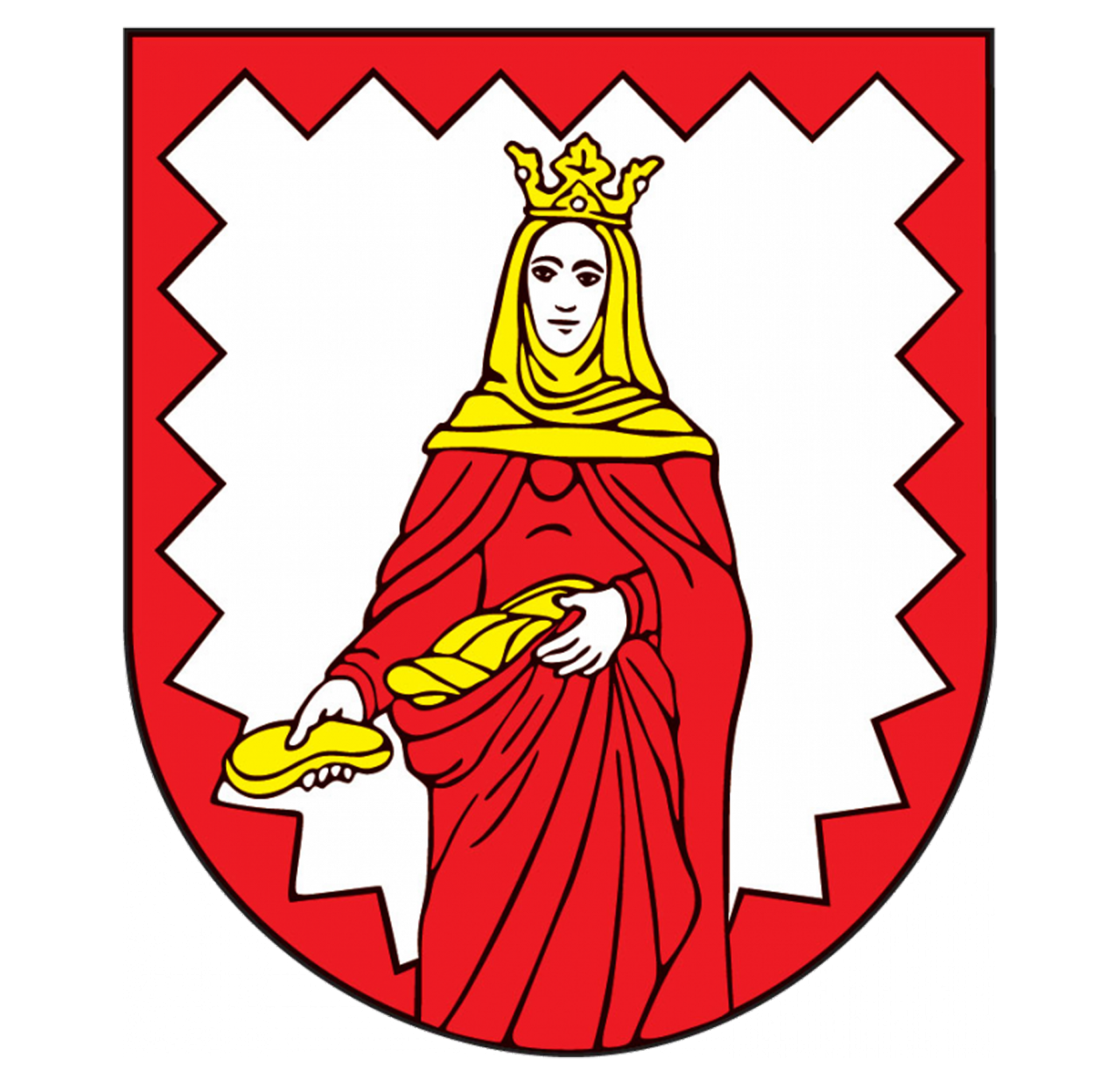 KRAVANY
KRAVANY
The first mention of the village dates back to 1320. The original settlement is characterized by dense development on narrow ground plots along the stream with the center around the church. In 1398, farmers settled here. At that time, the settlement was also called the settlement of Michal, who leased the village. The mountain above Kravany was also called Michalová. The records differ on the location of the settlement at its origin. The chronicle states that the village is built on a slope from north to south with two rows of wooden houses. It is protected from the north by the mountains that separate it from the Poprad valley. Another book says that the village has two rows of houses in the middle with the road leading from Kubachy to Vikartovce. People in this village spoke more Polish than Spiš accent. It is probable that in the 15th century, a farmer Hank from Magura brought the Polish here, and in the 16th century again Ľubatovsky, whose monument is the nearby Ľubošová mountain. The main landmark of the village is the Roman Catholic Church of St. Elizabeth from the 19th century.
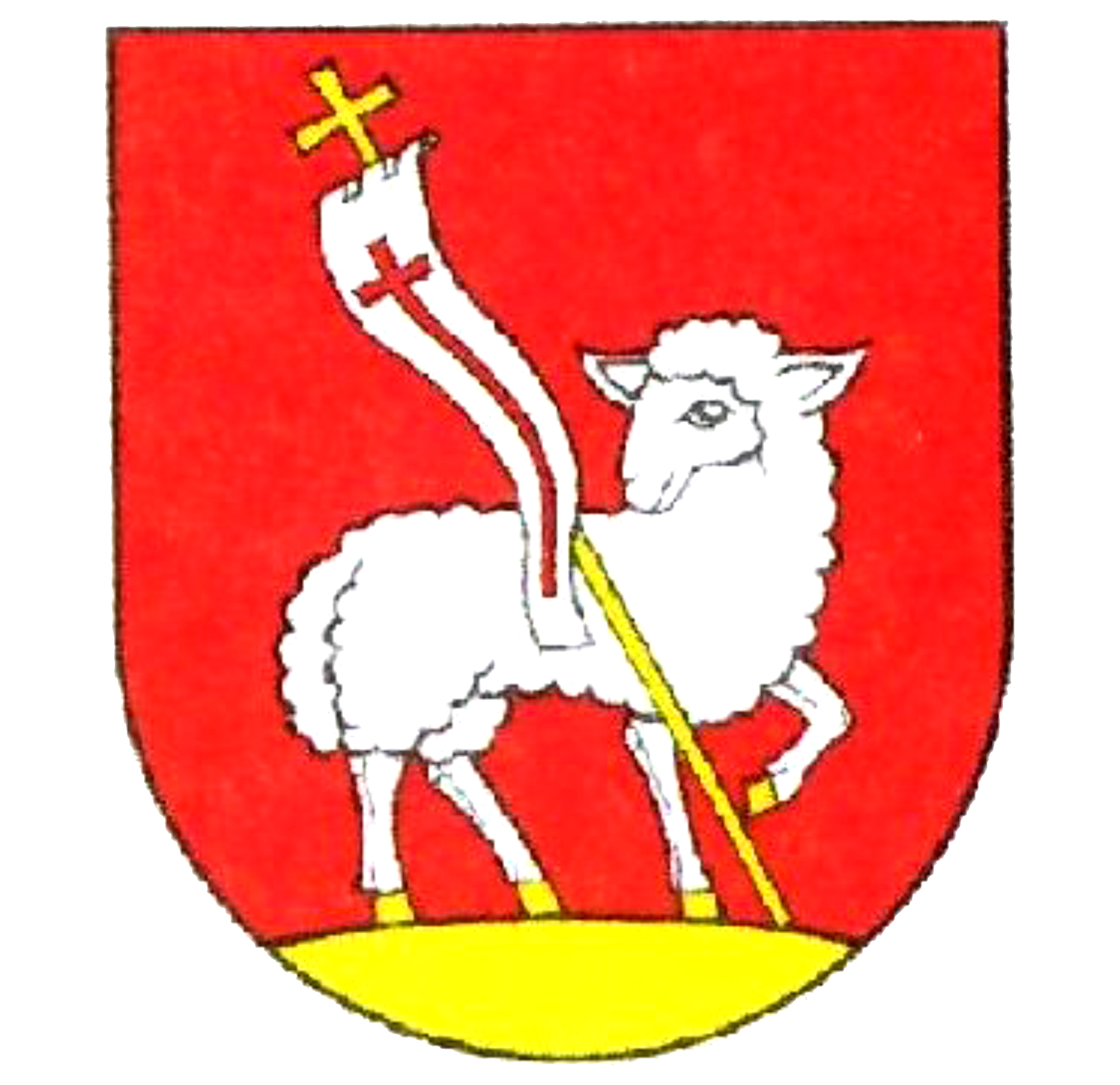 LIPTOVSKÁ TEPLIČKA
LIPTOVSKÁ TEPLIČKA
Liptovská Teplička is part of the region known as Liptov, which lies in the valley of the upper Váh river. The settlement of Liptov is documented by archeological finds from the Late Stone Age. It experienced the greatest colonization development in the 13th century. The last stage of the colonization of Liptov includes the settlement of the southeastern part of this region in the first half of the 17th century. In forested localities, the number of inhabitants increases by Goral colonization and new villages are emerging, including Liptovská Teplička. Based on the results of language research, it was the Goral highlanders from the border of Horná Orava and Kysuce who settled here and founded the village. The oldest written mention of the village dates back to 1634. Initially, the inhabitants had the right to hunt wildlife and fish on the basis of the so-called Šoltýs law. They grubbed the forests and using the land thus obtained as pasture and arable land. The source of financial income of the people of Teplice was logging in the surrounding forests, agricultural production and animal production. In 1706 they built a wooden church, which was dedicated to St. John the Baptist.
